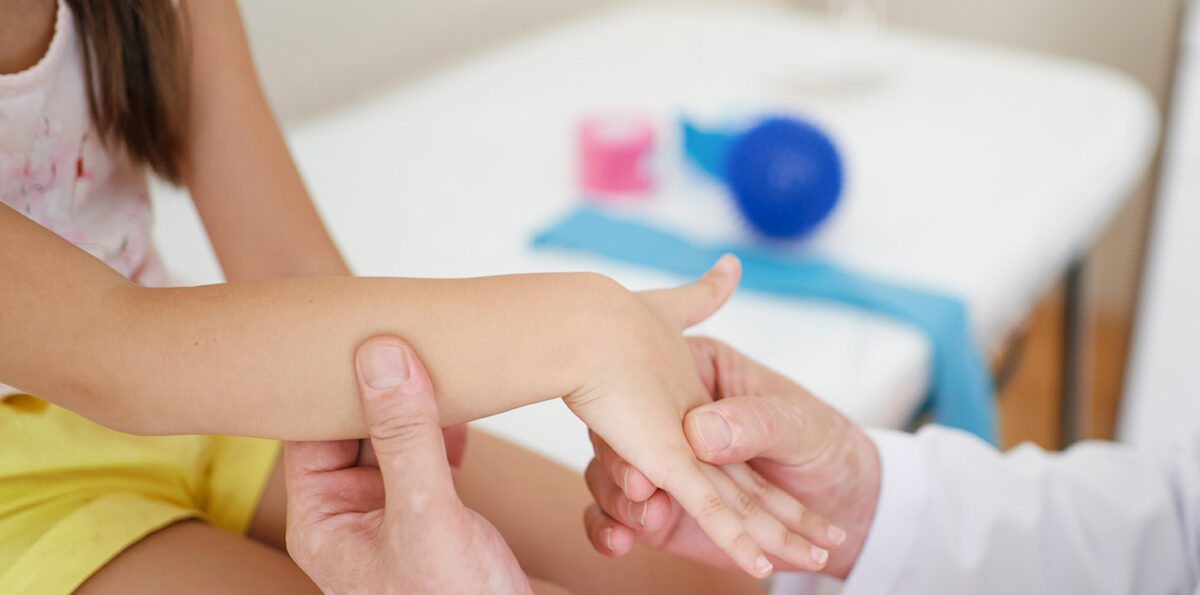With the help of donations, massage and aromatherapy empower Mary Bridge Children’s patients

For many kids, a cancer diagnosis can mean a loss of control. Their schedules change, their diets change, and it means spending a lot of time receiving treatment, which is sometimes painful, in the hospital. By offering patients a choice when it comes to pain management, they can gain back some control.
“Kids rarely get to have a voice in their care during their cancer journey,” says Lisa Gainey, a licensed massage therapist. “With their treatment, they endure a lot of pokes, along with long stays at the hospital. Giving kids an opportunity to have a choice in their therapies and care can give them a sense of empowerment. For example, letting our kids decide on where the massage should take place and for how long lets them know that they get to decide on their course of care, which is unique.”
Almost a decade ago, Lisa made her first connection with Mary Bridge Children’s. Her friend’s daughter was diagnosed with rhabdomyosarcoma — a form of cancer that lives in bone and soft tissues like muscle and cartilage — and she suffered from headaches as a result. Lisa taught her friend therapy techniques to soothe those aches, and her passion for offering these services to pediatric patients was born.
In March 2019, Mary Bridge Children’s Hematology and Oncology clinic launched a massage therapy and aromatherapy program with Lisa as their sole therapist. Through generous funds from Mary Bridge Children’s Foundation, this program offers holistic care designed to lessen the side effects of cancer treatment and relieve patients’ stress at no cost to families.
“The Mary Bridge Pediatric Integrative Therapies program is an important part of oncology care. It brings conventional and complementary care together and provides safe, cost-effective therapies that treat the whole patient and family during their cancer journey,” Lisa says. “Clinical research has shown that massage therapy can address the side effects of cancer treatment — including pain, nausea, neuropathy and anxiety— without putting additional stress on the patient’s body. Also, it’s important that we teach kids different tools to manage physical and emotional pain and stress, not only while going through treatment but also throughout their life.”
Lisa visits patients for a variety of reasons, such as relieving pain when a port is accessed or providing aromatherapy to create a healing environment for each patient that is specific to their individualized need. She even recently completed a certification in manual lymphatic drainage, a technique that uses touch to help relieve swelling caused by excess fluid.
Since its inception, more than 600 children have benefited from the program. This includes patients like 13-year-old Claire Smith who is diagnosed with acute lymphoblastic leukemia and spends weeks at a time in the hospital receiving treatment.
“I love getting massages from Lisa. She lets me choose scents like lavender and peppermint that help ease my nausea, and she’s always nice to talk to,” Claire says. “I always feel better after an appointment with her.”
Claire’s dad adds that the program is essential, and he would encourage parents to seek it out for their children, especially those with long hospital stays.
Another parent of a patient shares that regular massages help improve her child’s mood.
“Thank you for including massage in my son’s treatment,” the mom says. “His back and neck are feeling much better, and he’s definitely encouraged and happier following his massage.”
Currently, Lisa visits Mary Bridge Children’s on Tuesday mornings and all day Fridays. She hopes to grow the program and allow patients more autonomy over their pain management.
“Mary Bridge Children’s recognizes the importance of these integrative therapies in fighting the nationwide opioid crisis and the stress that our patients are under,” Lisa says. “My hope is that we can expand our team and program so that every child can benefit. My hope for the kids that I treat is that this program helps them associate good feelings and nurturing touch with their hospital experience, while giving them control and a voice during this difficult period of their lives.”